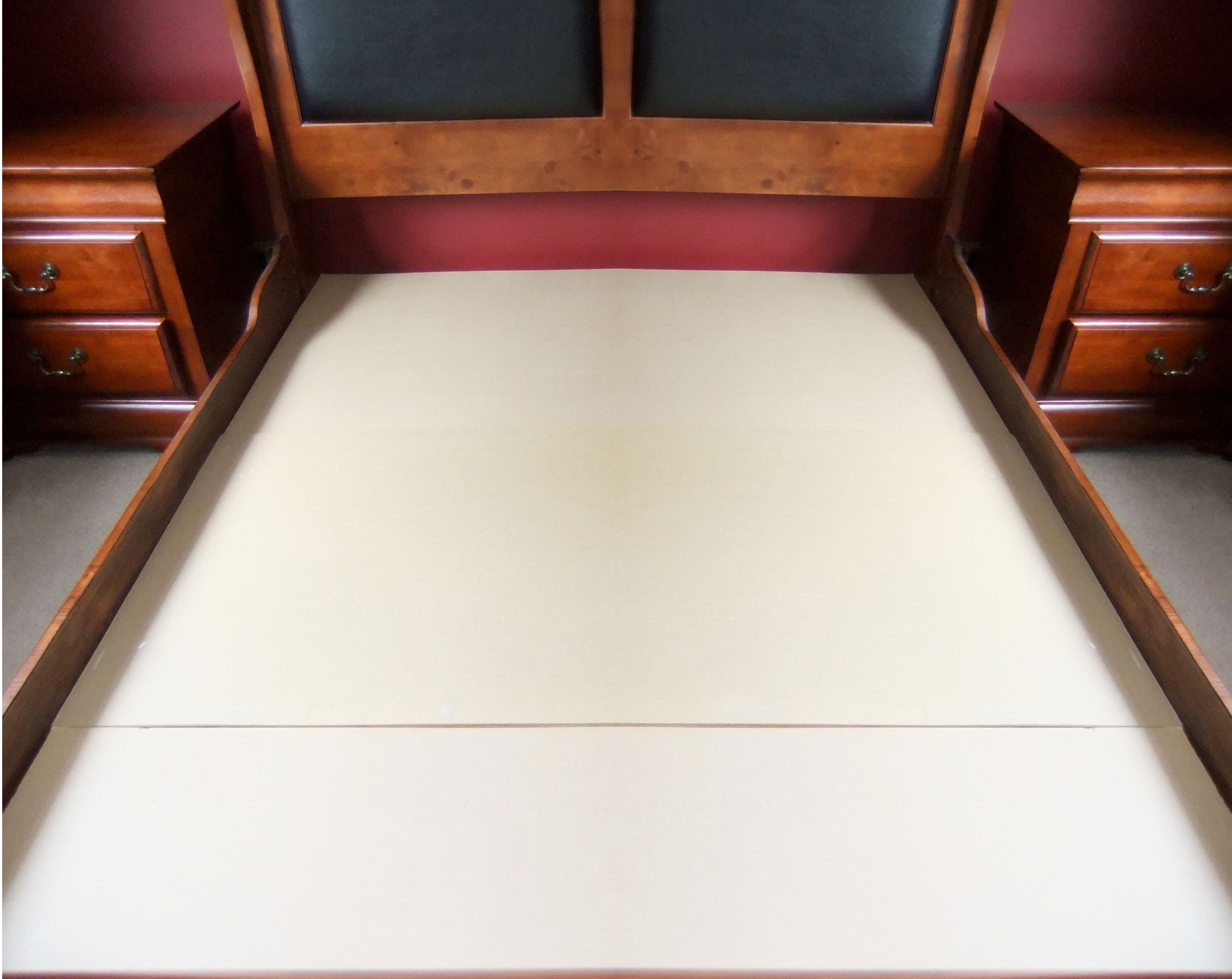Mattress for ME/CFS
I'm 11 stone 4, 5ft, currently have a British Bed Company medium 1000 pocket springs mattress on a slatted wooden base which is only 18 months old. This mattress was greatuntil recently, giving good support whilst being nicely cushioned and padded. I have ME/CFS, fibromyalgia and chronic migraine (migraines 80% of time) so am in bed the majority of time, either sitting or (mostly) laying down. This mattress has sunk at the ends so that I feel like I'm laying down hill, which is exacerbating my vertigo and migraines. I think this was caused by a period where I was feeling better and was sitting up more. I ordered a Sleepeezee mattress which has 900 pocket springs, medium but seemed firmer but after a week, it felt like I was laying in a dip and was not supportive enough despite seeming firmer than my original mattress. I feel I need a supportive mattress, maybe 2000 pocket springs but it mustn't be too firm as this can make the fibromyalgia worse. However at the same time I have pain in my joints and back and this needs support. Also the mattress needs to be up to me being in bed 20 hours a day with out sinking in the middle or at the ends. Which mattresses do you think I should consider?
Hi Elizabeth,
Thank you for your enquiry.
We are sorry to hear of your medical issues you're suffering and understand just how frustrating it must be to suffer each night. We can help provide you with some advice to help rectify a few of these issues to get you a better night sleep!
The issue most chronic pain sufferers experience is that they already struggle to get to sleep making their mattress choice even more important. In particular, the wrong support level in a mattress can make sleeping even harder. This is why we always advise that you start by choosing the correct spring tension and support first before any 'comfort' or'feel' to the mattress. What many retailers and bed shops won't say is that each spring tension has been specifically manufactured for a set range of weights. More often than not a bed shop will ask what 'feel' you like and then simply show you these spring tensions. Which is completely wrong! The spring tensions below show what spring is made for whichever weight range you are in. deviating from this will either result in too much support ie an overly firm hard mattress or one that doesn't offer enough support so may sag or dip. It's imperative to get this step right before looking at Spring counts or upholstery.
| Spring Tension | Wire diameter (Gauge) | Weight Range |
|---|---|---|
| Soft | 1.2mm | Bespoke Tension (Please Call) |
| Medium | 1.4mm | Upto 16 stone |
| Firm | 1.6mm | 16 stone plus |
| Extra Firm / Orthopaedic | 1.9mm | 20 stone plus |
The next step after that is selecting upholstery or comfort layers that match your preference. Some like a firmer feel others a softer feel. This is subjective. Some people find a softer medium feel better with joint pain as it stops joint loading. If you're in bed and find yourself needing to turn frequently then a medium feel is always better than a super firm mattress.
The other issue to consider is the fact that you are using the product for around 20 hours a day as opposed to a normal 6 to 8 hours. This will, without doubt, have an effect on the feel and the upholstery and will probably result in your mattress having a shorter shelflife as you're using it more. We would recommend that if you're using a bed for longer periods of time then a medium feel in the upholstery layer with some robust fibres is best. Such as our Artisan Bespoke 004 which is 100% Natural and contains horsehair a super robust resilient fibre. It has a medium feel in the upholstery layers. If your budget doesn't stretch then the Artisan 1500 would also be suitable.
This is irrespective of whether you regularly turn or rotate the product to spread the wear and tear. This is because you're using the mattress a lot more than say a sleeper spending 6-8 hours a night in their mattress. However, this should lead to a complete sag or failure of the mattress is the correct spring tension and upholstery are chosen.
When it comes to slatted bases you really do need to make sure the slats are boarded over to help prevent sagging and dipping between the slats. We have an article here to help and an image below.

Whatever you choose if you make sure you have the correct spring tension and select fibres that are forgiving yet resilient you should be able to find a mattress that provides you with a more consistent nights rest. if you have any further questions please get back in touch with us on 0161 437 4419.
All the best
John & Ryan

Dreaming of the perfect nights sleep?

Newsletter
Enter your email to join our newsletter. We’ll send you occasional news and mattress expertise.
